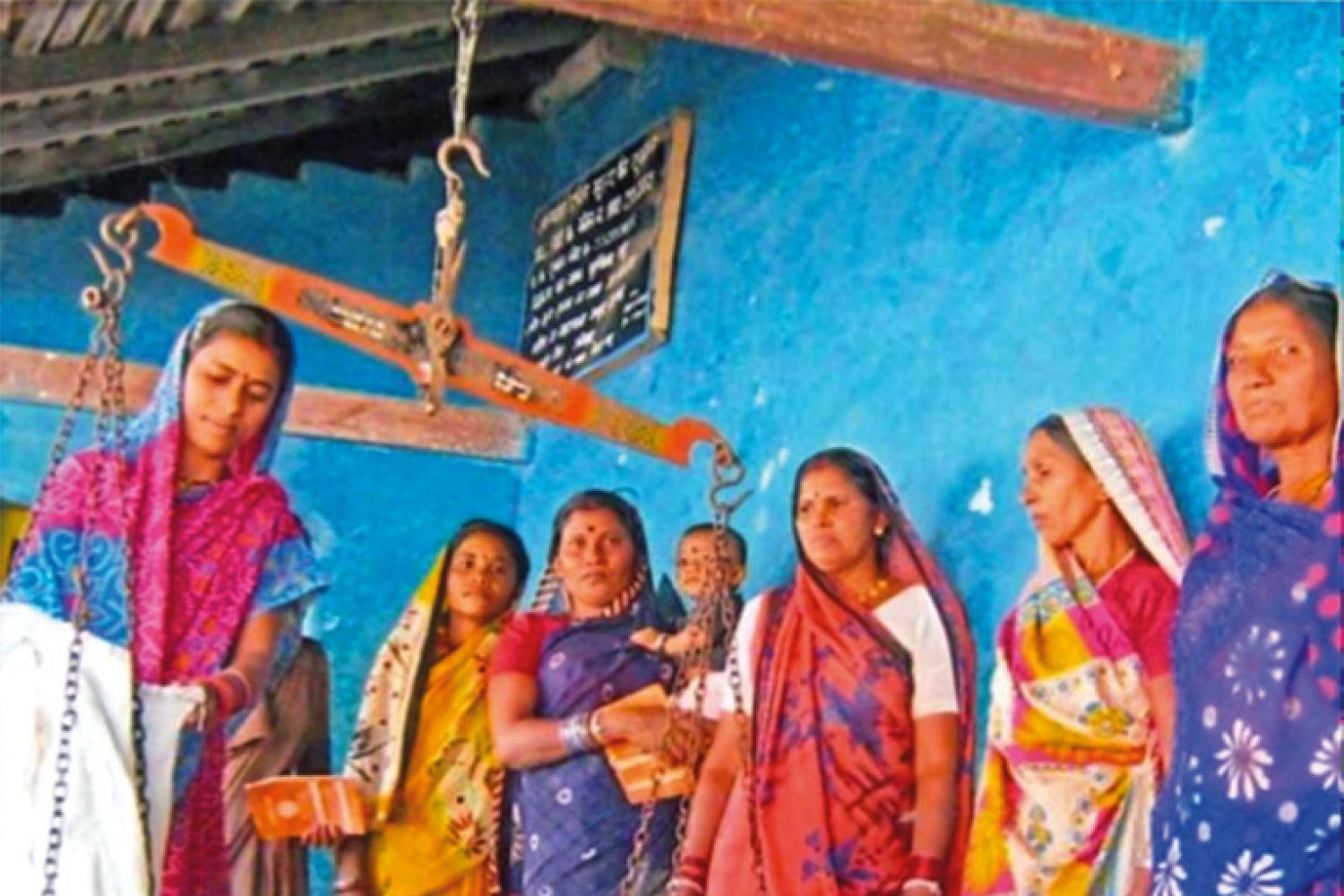
The Chhattisgarh
government’s public distribution has often been cited as a model of
effectiveness worthy of replication everywhere. An estimated 90 per cent of the
state’s population makes use of PDS subsidies—35 kilograms (kg) of rice
at Rs.1 per kg, 2 kg of chana/dal at Rs.5/10 per kg, and 2 kg of
iodised salt free of cost on the 7th of every month. People congregate in
Chawal Utsavs—literally translating to rice festivals—and procure their
rations. For the last thre





